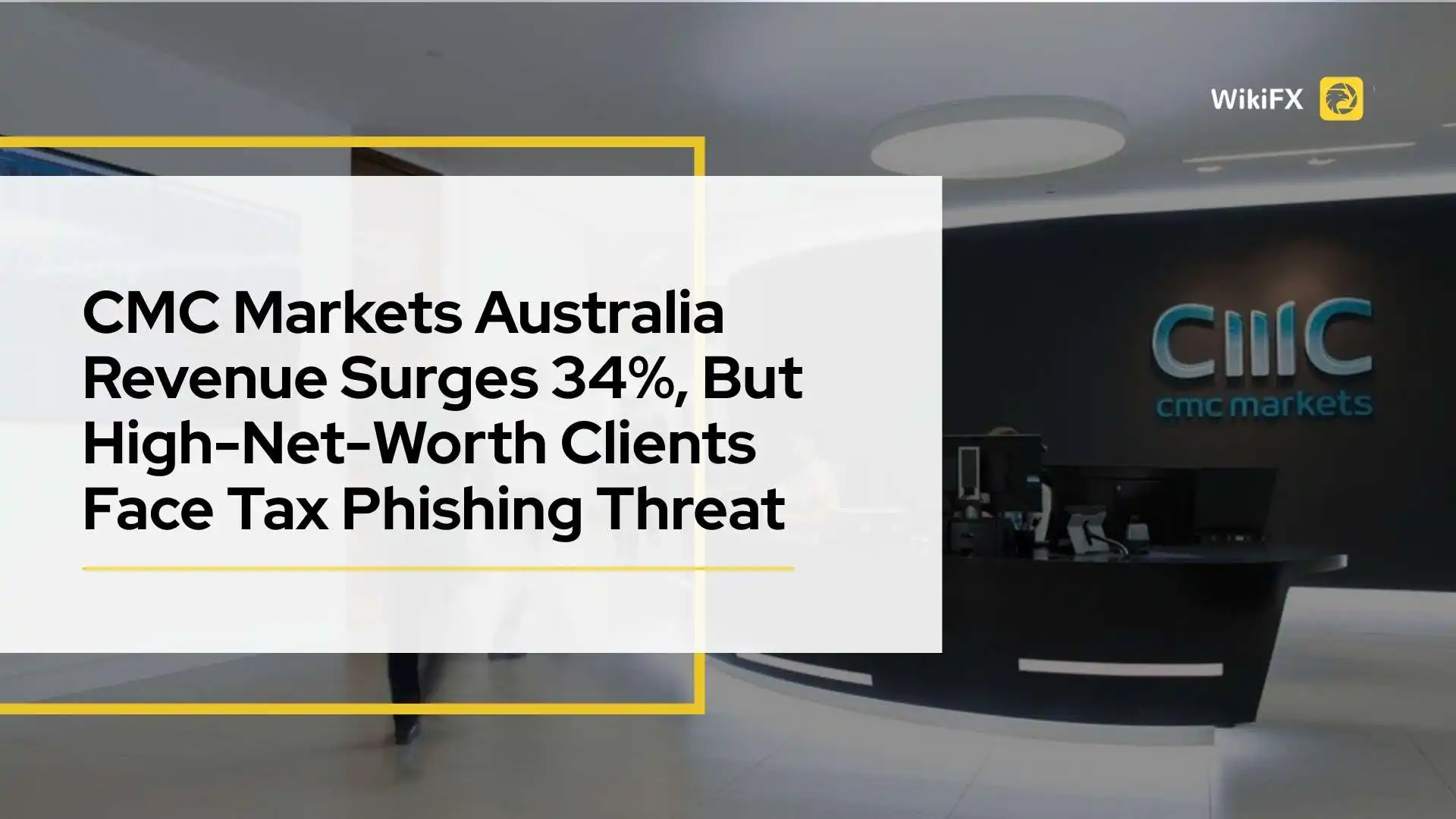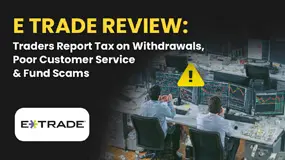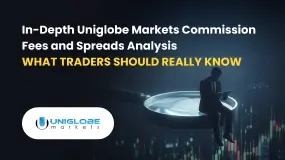简体中文
繁體中文
English
Pусский
日本語
ภาษาไทย
Tiếng Việt
Bahasa Indonesia
Español
हिन्दी
Filippiiniläinen
Français
Deutsch
Português
Türkçe
한국어
العربية
What Is the Best Time of Day to Trade Forex?
Abstract:Many investors pay little attention to the time period in which they aim to trade or the length of time they expect to keep a position. Some traders keep market positions for just a few minutes. Others may keep them for days, weeks, months, or even years.

Which strategy should traders take?
When moving between multiple time frames on the same currency pair, new perspectives might emerge, which can either help or hinder the study. In this post, we will look at the ideal time period for forex trading.
What Is TimeFrame in Forex Trading
The period is a method of grouping prices in order to present them more conveniently on the chart. The period indication shows how much time one candle represents. The longer the period a trader selects, the longer the time span contained in one candle on the chart.
Long-term, medium-term, and short-term time periods are often used in forex trading. Among forex traders, other financial market players, and writers, none of these time period groups have a specific meaning. The best way to explain why the time periods are different is that they depend on the trader's trading strategy.
So, a trader who uses a strategy with a relatively short holding period will choose smaller time frames. For example, if all positions are closed before the conclusion of the trading day, the trade time frame will be shorter than the swing or pattern trader's time frame.
Forex Time Frames by Trading Strategy
Even though trading time frame terminology is not very accurate, it can still help traders who use different trading strategies understand what terms like “long-term,” “medium-term,” and “short-term” mean. Here's an example of how to apply different timelines to various trading methods.
| Trader Style | Holding Period | Trend Chart | Entry Chart |
| Trend Trading | More Than 1 Day | Weekly | Daily |
| Swing Trading | Few Hours To Few Days | Daily | 4 Hours |
| Day Trading | Less Than 1 Day | 4 Hours | Hourly |
| Scalping Trading | Less Than A Few Hours | Hourly | 15 Minutes |
For Scalping Trading
Scalping is a way to trade that takes advantage of small changes in prices. Profits are taken quickly after a trade has been profitable. Scalpers usually trade for a shorter amount of time, while long-term traders use daily and weekly time frames.
Scalpers' time frames are often quite brief since they sell positions when they earn a modest profit. Scalpers, on the other hand, tend to reduce their holdings when the market moves against them.
For Day Trading
For day traders who often want to finish off trading positions on the same day, the short term may range from seconds to several minutes. The medium-term time span ranges from 10 minutes to an hour. And the long-term refers to a time span ranging from a few hours to an entire day.
Day traders would need to close out all of their positions, profit or loss, before the conclusion of their trading day. Day trading frees the trader from having to worry about open positions overnight.
For Swing Trading
The swing trader's time period ranges from a few days to over a week. Furthermore, many swing traders in the market employ multi-day price patterns.
For swing traders, the short term is defined as a period of a few days to a week or so. The medium-term duration ranges from a few weeks to a month or more. And the long-term refers to a time span ranging from several months to a year or more.
For Trend Trading
This is the best long-term trading strategy. To construct a position, trend traders identify the market's general trend. Trend traders often employ both technical and fundamental research to determine if a currency is over or undervalued.
For trend traders, the short term is a time lasting a few weeks, the medium term is a period lasting from a few weeks to a few months, and the long term is a period ranging from a few months to more than a few years.
What Style Is Best for You?
The optimum chart time frames to trade forex are determined by the trader's degree of expertise, trading technique, and attitude to the market. Which trading style is right for you will depend on how much time you can spend on it and what kind of person you are.
Availability of time
A daily commitment of at least two hours is required for short-term trading. As a result, as a short-term trader, your total weekly time commitment may range from 15 to 40 hours.
When opening a position for the long term, on the other hand, the research may be done at any moment. This makes it a more appealing alternative for those who consider trading as a hobby and do not want to constantly monitor market movements, news, and global events.
Personality
Short-term trading requires a high level of emotional control, stress resilience, and attention. Long-term trading requires both discipline and patience. Long-term traders also need to be interested in a wide range of market dynamics and know a lot about what's going on in politics and the economy.
Conclusion
Overall, choosing a trading period will be determined by your objectives and trading style. A longer time span is often utilized to develop a longer-term trend, while a shorter time frame is used to identify optimal market entrances.
All trading periods have the potential for high profits as long as you are well-informed and comfortable with the positions you are taking. Also, bear in mind that you are not required to select a single trading time period. Aside from the time period of the chart, traders can use trading factors that fit a certain strategy.
Stay tuned for more Forex Educational articles.
Download the WikiFX App from the App Store or Google Play Store to stay updated on the latest news.

Disclaimer:
The views in this article only represent the author's personal views, and do not constitute investment advice on this platform. This platform does not guarantee the accuracy, completeness and timeliness of the information in the article, and will not be liable for any loss caused by the use of or reliance on the information in the article.
Read more

CMC Markets Australia Revenue Surges 34%, But High-Net-Worth Clients Face Tax Phishing Threat
CMC Markets Australia reports a 34% revenue surge. Simultaneously, the company's high-net-worth clients are facing a serious tax-related phishing threat.

E TRADE Review: Traders Report Tax on Withdrawals, Poor Customer Service & Fund Scams
Has your E Trade forex trading account been charged a withholding tax fee? Did your account get blocked because of multiple deposits? Did you have to constantly call the officials to unblock your account? Failed to open a premium savings account despite submitting multiple documents? Is fund transfer too much of a hassle at E Trade? Did you find the E Trade customer support service not helpful? In this E Trade review article, we have shared certain complaints. Take a look!

mBank Exposed: Top Reasons Why Customers are Giving Thumbs Down to This Bank
Do you find mBank services too slow or unresponsive? Do you find your account getting blocked? Failing to access your account online due to several systemic glitches? Can’t perform the transactions on the mBank app? Do you also witness inappropriate stop-level trade execution by the financial services provider? You are not alone! Frustrated by these unfortunate circumstances, many of its clients have shared negative mBank reviews online. In this article, we have shared some of the reviews. Read on!

In-Depth Uniglobe Markets Commission Fees and Spreads Analysis – What Traders Should Really Know
For experienced traders, the cost of execution is a critical factor in broker selection. Low spreads, fair commissions, and transparent pricing can be the difference between a profitable and a losing strategy over the long term. This has led many to scrutinize the offerings of brokers like Uniglobe Markets, which presents a tiered account structure promising competitive conditions. However, a professional evaluation demands more than a surface-level look at marketing claims. It requires a deep, data-driven analysis of the real trading costs, set against the backdrop of the broker's operational integrity and safety. This comprehensive Uniglobe Markets commission fees and spreads analysis will deconstruct the broker's pricing model, examining its account types, typical spreads, commission policies, and potential ancillary costs. Using data primarily sourced from the global broker inquiry platform WikiFX, we will provide a clear-eyed view of the Uniglobe Markets spreads commissions prici
WikiFX Broker
Latest News
WikiFX's New Evaluation of ATM Capital LTD: Does its License Protect the Arab Investor?
How a Fake Moomoo Ad Led to the “New Dream Voyage 5” Scam
Is Axi Legit? A Data-Driven Analysis of Its Regulatory Standing and Trader Feedback
Trive Investigation: High Score, Hidden Risk - The Profit Paradox
In-Depth Uniglobe Markets Commission Fees and Spreads Analysis – What Traders Should Really Know
FXPesa Review: Are Traders Facing High Slippage, Fund Losses & Withdrawal Denials?
CMC Markets Australia Revenue Surges 34%, But High-Net-Worth Clients Face Tax Phishing Threat
Bessent believes there won't be a recession in 2026 but says some sectors are challenged
mBank Exposed: Top Reasons Why Customers are Giving Thumbs Down to This Bank
Young Singaporean Trader Grew USD 52 into a USD 107,700 Portfolio
Currency Calculator



